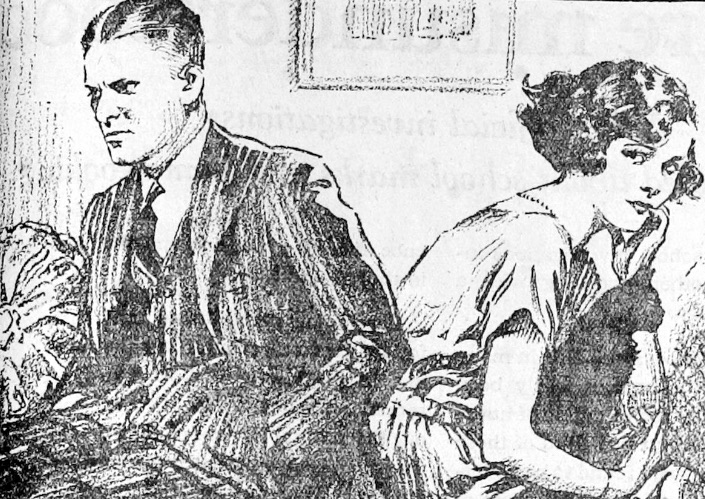Here is a horrible tale of a man who was cheating on his wife and his wife making the mistake of tracking down her wayward husband. The man, if he could be called that, killed three of his children, his wife, injured his girlfriend, and then thankfully killed himself. This all happened in 1912 – the “good old days.”

Quadruple Murder and Suicide in England
Eastbourne, England, Aug. 19. — Five human beings, three of them little children, paid with their lives for the infatuation of a married man for another woman today.
The woman — the only survivor of the tragedy — is lying, badly wounded and delirious, in a local hospital.
The man was Captain Hicks Murray of the Gordon Highlanders. Recently Murray rented a house here under the name of Richard C. McKie, saying he was an American.
He introduced the woman , Miss Florence Taylor, as his wife. There was a child, a baby of ten months.
Mrs. Murray had suspected her husband. She traced him from their home in Scotland to Eastbourne.
Early today she and her two children went to the house Murray had rented, and surprised him with the woman.
Murray shot and killed her. Then he shot and killed his three children, the two legitimate and the one illegitimate. He wounded Miss Taylor, and would have killed her had she not escaped.
Murray appears to have been quite collected after the murders, for he sat down and wrote a note reading:
“I am absolutely ruined. I have killed all those dependent on me. May God forgive me.”
Then he laid the bodies of the dead together, and poured petroleum over them, and over the house, and set it afire, ending his own life with a bullet through his brains.
When Miss Taylor first was rescued, it was thought that she was Mrs. Murray, and that Murray’s body was really that of an American named McKie as he had represented himself.
Miss Taylor kept up the deception. She said that her husband had awakened her at 5:30 o’clock in the morning, and had gone into a frenzy of rage when she asked for a cup of tea.
Source: The Day Book (Chicago, Illinois newspaper). August 19, 1912.

